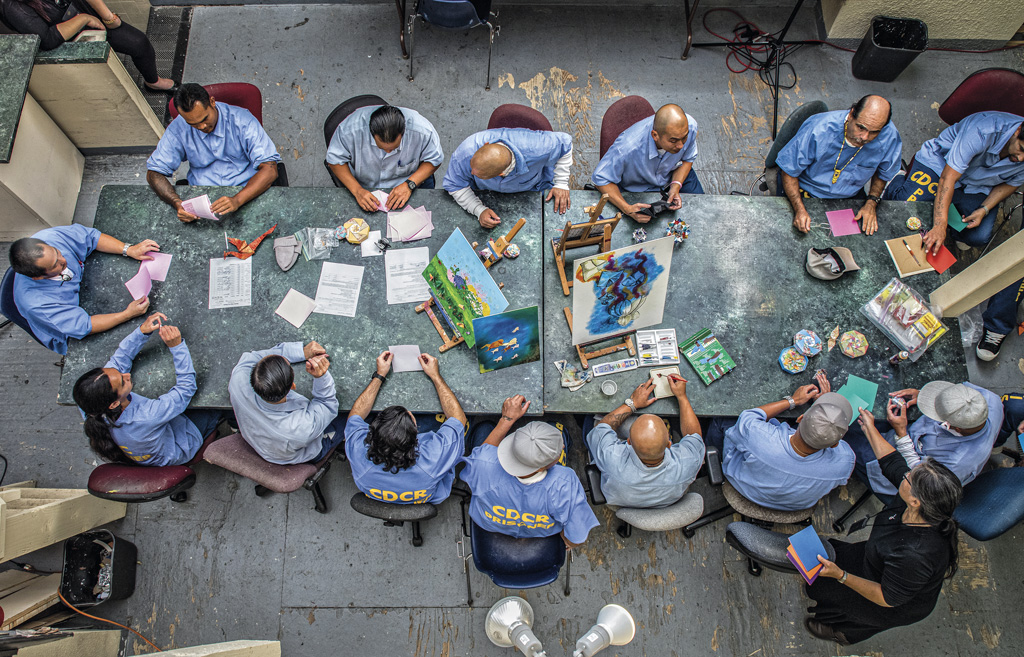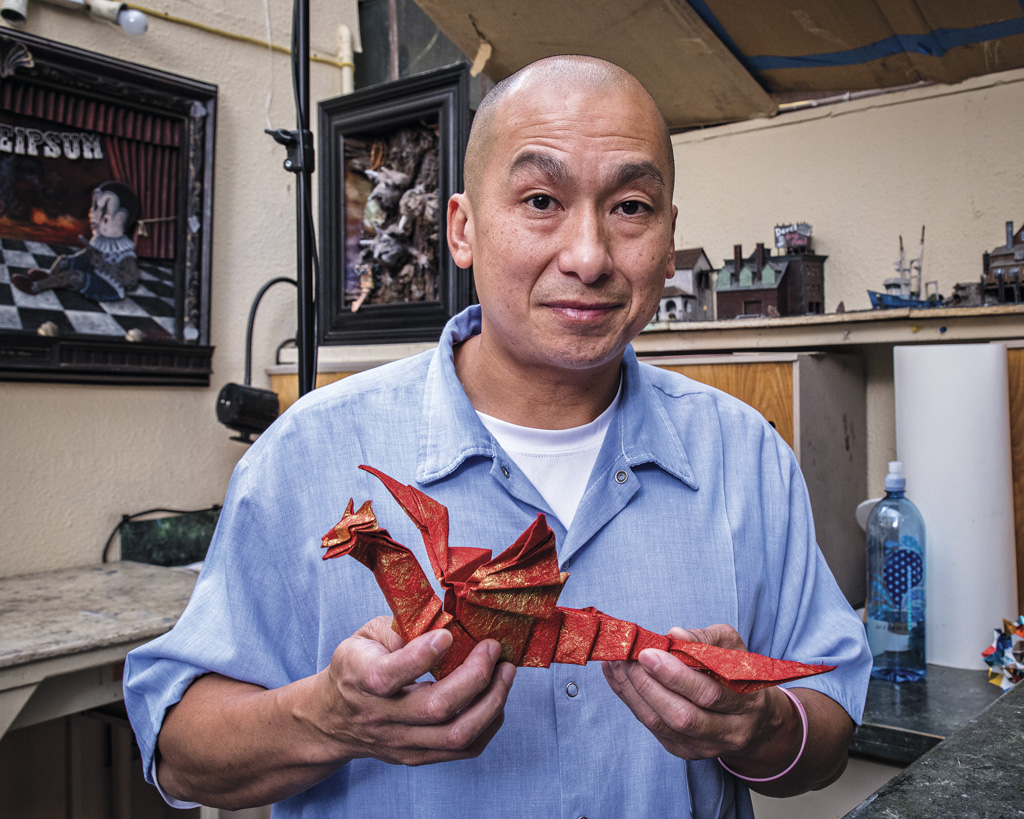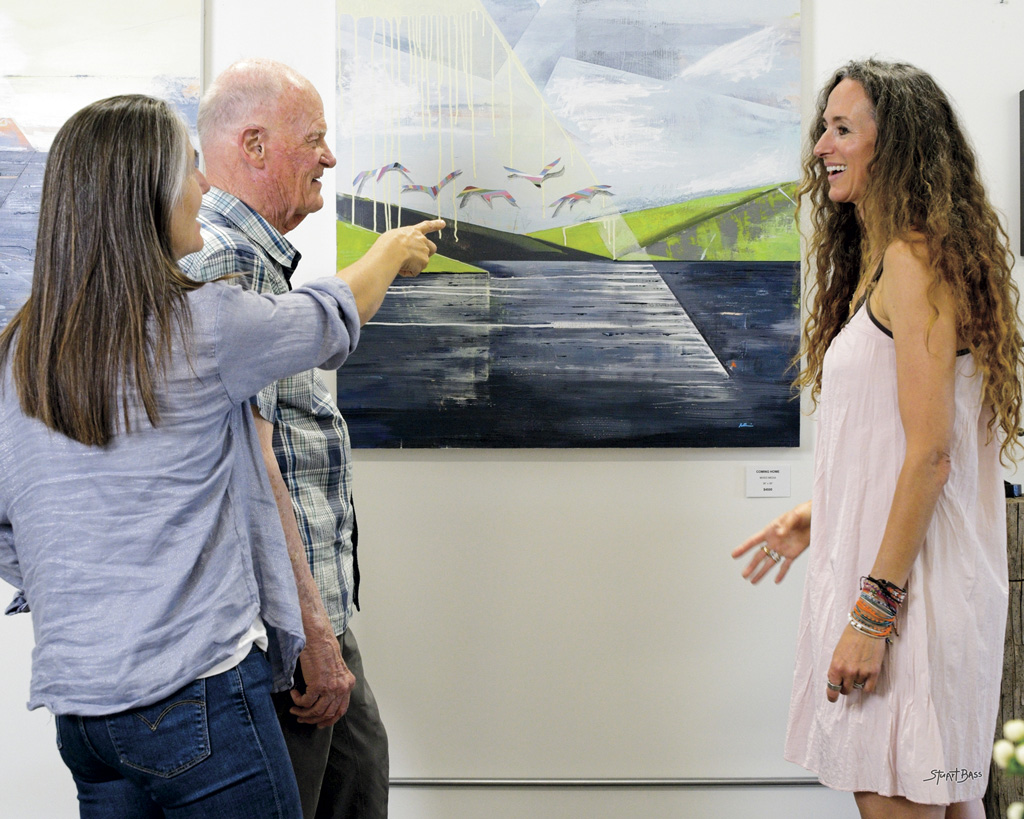News
Meet the Woman Who Introduced Origami to San Quentin
 Jun Hamamoto teaching her Friday night origami class at San Quentin (Photos by Peter Merts)
Jun Hamamoto teaching her Friday night origami class at San Quentin (Photos by Peter Merts)East Bay teacher and Buddhist Jun Hamamoto didn’t intend to start a trend at San Quentin Rehabilitation Center, formerly San Quentin State Prison, but she did anyway. Hamamoto, who has worked and volunteered at the prison for 20 years, was teaching a group in a program called Kid C.A.T., consisting of men sentenced to life in prison for crimes they committed as children, when she had the idea to ask them if they would like to fold origami cranes for the World Tree of Hope project in San Francisco.
“I was very surprised at the overwhelming response I got,” she says. “And so the members of the Kid C.A.T. group started enthusiastically folding cranes. And then they spread the word around the prison that I was teaching how to fold these cranes.”
As for why origami has caught on so quickly — Hamamoto has been teaching the art form to incarcerated persons since 2014 — she points to what she has noticed as someone who does Buddhist meditation. “There’s a calming effect to folding origami,” she says. “You can be sitting and folding; it’s truly a present-moment activity.” She says a couple of students told her that they fold something every night to bring calm before they go to sleep. “I thought, wow, ‘that’s a really great idea’ and now I do it, too.”
She says the classes, which accommodate about 15 students, are really joyful. “While I’m teaching, it’s relatively quiet. And then when we’re working, there’s a lot of laughing and talking,” Hamamoto says. “They come on Friday and spend time with their friends or other students and they get to create something beautiful and fun. And they feel, for two hours, that they’re not in prison.”
Many of them send the cranes attached to a card to loved ones and family and get a lot of positive feedback and encouragement, Hamamoto says. She adds that the origami teaching has become kind of an extension of her work in socially engaged Buddhism — where she is a tireless volunteer for multiple causes. “I try to bring one or two formerly incarcerated students with me, and they’re always really happy to join,” she says. “They told me they want to feel like they’re giving back to the community.”
One thing that gives Hamamoto a lot of joy is seeing the power of origami spread far beyond her classroom. “Some of the students have told me that there’s this whole origami craze at San Quentin,” she says. “I think it’s from my students who are becoming teachers themselves.”










